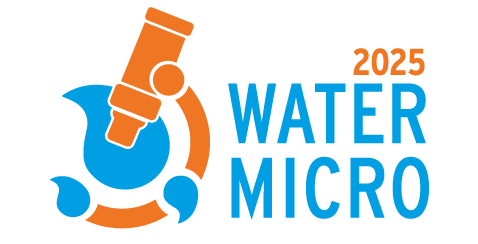Gertjan Medema1, Teresa Lettieri2, Tarja Pitkänen3, Leo Heijnen1, Rik de Vries4
1KWR Water Research Institute, Nieuwegein, Netherlands. 2Joint Research Center, Ispra, Italy. 3Finnish Institute for Health and Welfare (THL), Kuopio and University of, Helsinki, Finland. 4WLN, Glimmen, Netherlands
Introduction
Although rapid detection of micro-organisms with PCR methods is well established in research, the application in the practice of water utilities lacks far behind, despite obvious potential benefits (fast, sensitive, specific) of these methods for water safety management. The Dutch drinking water sector recently received approval by the national drinking water regulator to use RT-PCR methods for detecting Escherichia coli and intestinal enterococci under the European Drinking Water Directive. They have since gained experience in validating these methods and applying them to drinking water samples, particularly after repairs or contamination events. At the European level, several institutes, health and water agencies and utilities have collaborated in an interlaboratory trial to test the comparability of the RT-PCR method for E. coli.
This side event is organised with each of the parties involved in the journey towards (accepted) implementation of RT-PCR methods for monitoring in drinking water practice. Each party will show their view on the strengths, limitations and feasibility of RT-PCR methods for drinking water quality monitoring.
Side event objective
The goal is to discuss added value, feasibility and limitations of the use of RT-PCR methods for E. coli and intestinal enterococci in drinking water practice, the steps that are needed to obtain regulatory acceptance and the next steps in the development and implementation of these methods. Target audience: water utilities and laboratories, health agencies and institutes involved in drinking water quality management and regulation, drinking water inspectorates and regulators. We aim to span the whole spectrum from method development to implementation, acceptance and use for statutory drinking water safety management. There is a link with another side event proposal: “Genetic Methods in Water Quality Testing: from Science to Practice.” But this has a broader aim: discuss the way from science to practice across three key application areas (drinking water, recreational water and wastewater-based epidemiology), as follow-up of the WaterSurvey, with the intention to publish the findings in a peer-reviewed paper.
Methodology/format
The side event will be held in a large room in theater style to be able to observe the presentations and listen to and interact with the panel.
Introduction – 5 min
Aim of the side event and introduction to the topic
Implementation of RT-PCR for E. coli and intestinal enterococci in drinking water practice under the Drinking Water Directive (5 talks x 10 mins) – 50 min
Water utility: the value, strengths and limitations of RT-PCR methods for fecal indicators in drinking water practice.
Water research institute: validation of RT-PCR methods for fecal indicators against the reference method in the EU Drinking Water Directive.
Water laboratories: interlaboratory studies to evaluate the quality and reproducibility of the RT-PCR methods for fecal indicators.
National/Regional health agency: information needs to support approval of RT-PCR for fecal indicators as valid and useful alternative for the reference methods.
Regulator: future directions of drinking water quality regulations, with special emphasis on the requirements for fecal indicator methods.
Moderated panel discussion with audience – 30 min
Panel: professionals from regulatory bodies and water utilities to discuss on the value and steps needed to foster implementation and use of RT-PCR methods for rapid assessment of drinking water (un)safety. Questions of the audience will be presented to the panel.
Further steps & End of side event – 5 min
Announcing the preparation of a white paper in IWA Source or EU professional water journal about the side event results.
Expected outcome
The side event is expected to inform and create understanding among the participants about the added value of the use of RT-PCR for E. coli and intestinal enterococci for drinking water safety management, about the strengths and limitations and about the path from method development to implementation in drinking water utility and laboratory practice and how to obtain regulatory approval. This will help participants develop a clear understanding of the current state-of-the-art on the transition of genetic methods from research to water management practice.
The side event should also generate discussion about the next steps in the development of both the methods, implementation and regulation. The side event findings will be embedded in a professional water publication.
